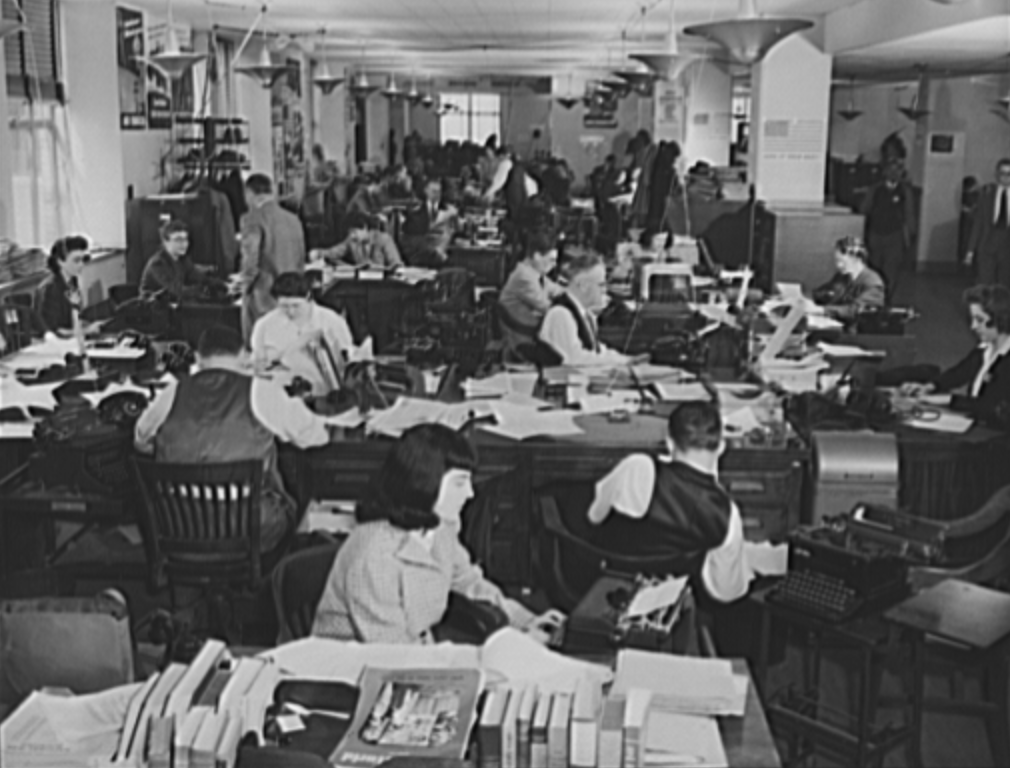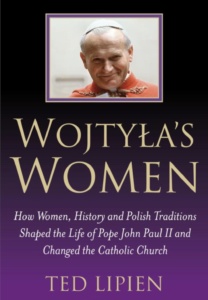

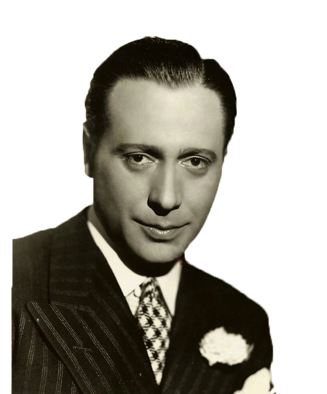
Hollywood’s Polish Latin lover who terrorized Voice of America broadcasters
By TED LIPIEN
The name of the handsome man with a tanned Latin complexion in the 1942 publicity photo was Edward Raquello. He was a Hollywood actor, but he soon became known as a “very talented terror” at the Voice of America (VOA), the U.S. government radio station broadcasting abroad, where he was hired that year as a producer and put in charge of training radio announcers during World War II and later in the early years of the Cold War. Before his Voice of America career, he played Latin lovers in a number of Hollywood films. Radio Daily, the national newspaper of commercial radio and television, referred to him in a report on July 7, 1943 as being “once known as the ‘Polish Valentino’ at the time the late Carl Laemmle brought that European film star to to Hollywood.” The paper praised his role as the “Polish immigrant” in a radio play titled America the Beautiful. Had we known earlier that Edward Raquello was the voice of the Polish immigrant, the paper wrote “the thrill to our ears wouldn’t have been so unexpected” “[His]splendid performance” Radio Daily added, “will be remembered (at least by this reporter) for many years,”[ref]Radio Daily, “Main Street Old Scoops Daly,” July 7, 1943, page 4. https://www.americanradiohistory.com/Archive-Radio-Daily/RD-1943/RA-1943-07.pdf.[/ref]
His American friends called him Eddie. Raquello was his American name. His name in Poland, where he was born on May 14, 1900 to a middle class Jewish-Polish family in Warsaw, then still within the Russian Empire, was Edward Zylberberg (Silberberg). His father died when he was a child. He was raised by his uncle, Beniamin Rykwert, the head of the Nożyk Synagogue who supervised his religious education. His mother, who died in 1932, ran a successful bakery and patisserie shop in Warsaw.
While still in Poland, Wowek, as he was affectionately called by his family, changed his last name to a more Polish-sounding name, Kucharski. In 1917, he began studies at the technical university in Warsaw, but his higher education was interrupted by the 1919-1920 war with the Soviet Union. Edward must have been a highly capable young man because he was chosen as a personal driver for Polish general Józef Haller despite the fact that some of Haller’s volunteers were strongly anti-Semitic, falsely accusing Polish Jews of siding with the Bolsheviks. With the exception of a few Polish and Polish-Jewish communists who took orders from Moscow, Edward and many other Jewish students saw themselves as Polish patriots and fought alongside ethnic Poles in the 1920 Battle of Warsaw which stopped and reversed the advance of the Soviet Red Army.
After the Polish-Soviet war, Edward started his acting career in Polish films. He also performed in theaters in Warsaw, Gdańsk, Kraków, Berlin, London, and Paris. An excellent, comprehensive and well-sourced article in Polish by young journalist Marek Teler, titled “Edward Raquello – zawrotna kariera polsko-żydowskiego Latynosa” (“Edward Raquello — A Meteoric Career of A Polish-Jewish Latino”), describes how Edward found his way to Hollywood. Rosabelle Laemmle, the daughter of the Universal Studios founder Carl Laemmle reportedly hired Edward as her dancing partner in Paris when he fell on hard times. She immediately noticed his resemblance to Rudolf Valentino. The party-loving young woman was believed to have persuaded her father to offer Edward a contract with Universal Pictures. He arrived in New York on March 26, 1926.
A Latin Lover and Broadway Actor
Edward’s first Hollywood name was Edward Regino before he changed it to Raquello, possibly to honor his beloved sister Rachel who remained in Poland. Rachel survived the Holocaust, but his other sister, Jentel, was murdered in a German concentration camp together with her husband and their two children.
Edward Raquello’s first notable American role was that of a dancer Raoul in the silent movie The Girl from Rio. Afterwards, his movie career had stalled for a few years, during which he appeared in several Broadway plays, often playing handsome and aristocratic foreigners, mostly of Latin origins. In 1937 he signed a contract with 20th Century Fox and resumed his movie career, appearing in several films, including Charlie Chen at Monte Carlo and Idiot’s Delight with Clark Gable and Norma Shearer in the main roles. In 1938 he became an American citizen. Some of his other film roles were in Missing Daughters (1939), The Girl from Mexico (1939), and Calling Philo Vance (1940). He never became a major Hollywood movie star but had a reasonably successful American career as a film and theatre actor. Marek Teler reported that Raquello promoted Polish culture in the United States and assisted visiting Polish journalists in arranging interviews with film celebrities in Hollywood. In 1940 he played the role of a Polish officer Major Rutkowski in a Broadway production of Robert E. Sherwood‘s play There Shall Be No Night about the 1939-1940 Soviet attack on Finland. The play was directed by Alfred Lunt who admired Raquello’s acting talent and once fired another actor who publicly insulted Edward on stage during a rehearsal. Edward Goldberger, a veteran VOA broadcaster who had worked with Raquello said later in an interview that Raquello had to have provoked the actor to such an unprofessional outburst as he was later known to provoke many VOA broadcasters with his own erratic behavior. One explanation for it might have been that he suffered from an undiagnosed Addison’s disease, but according to Goldberger, Raquello was a unique, talented but difficult person.
But the thing that came into my mind was, he must have been like that then, too. What provoked this guy to do something so unprofessional? It must have been that Raquello was Raquello.[ref]The Association for Diplomatic Studies and Training Foreign Affairs Oral History Project Information Series,”EUGENE KERN AND EDWARD GOLDBERGER.” Interviewed by: Claude ‘Cliff’ Groce. Initial interview date: December 12, 1986. Copyright 2000 ADST. https://www.adst.org/OH%20TOCs/Kern,%20Eugene.toc.pdf[/ref]
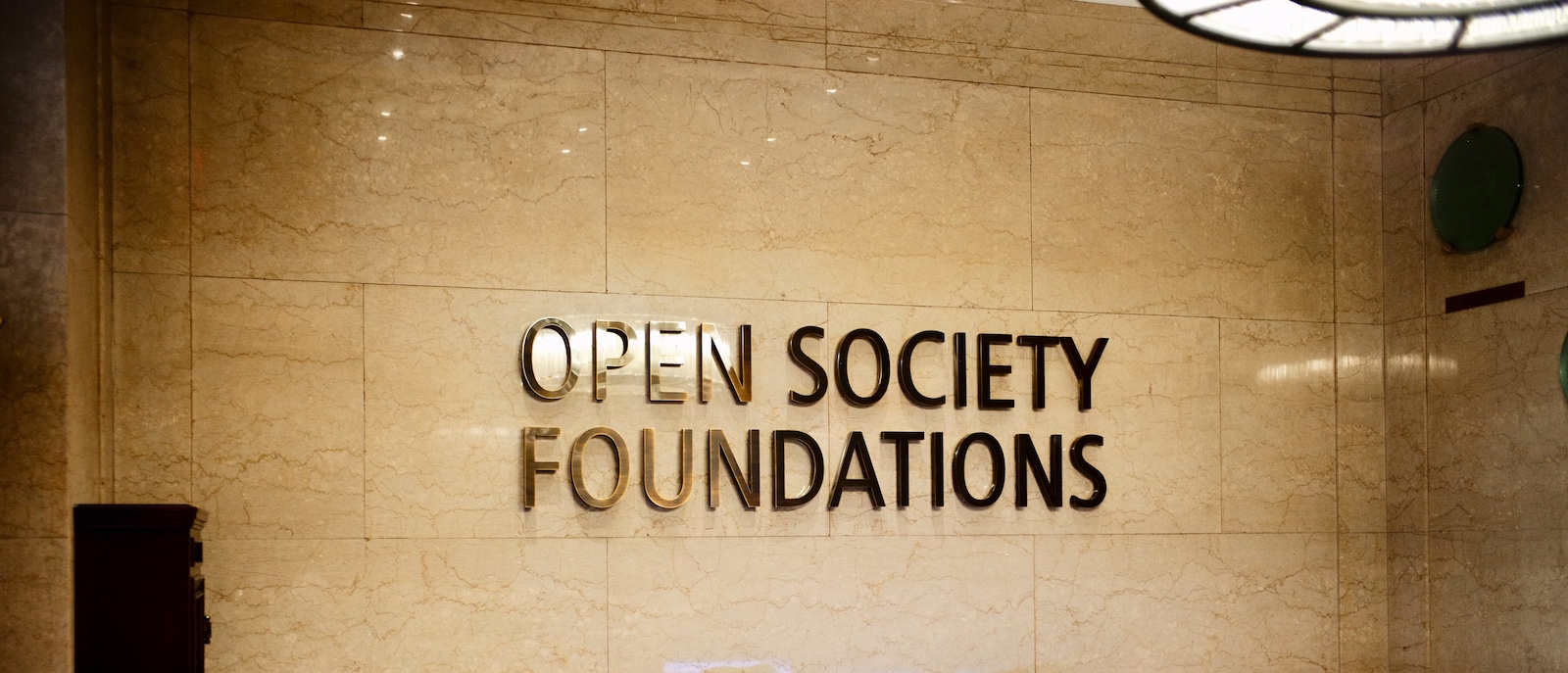
George Soros’ building in NYC saw Voice of America’s early love affair with Stalin
By Ted Lipien for Cold War Radio Museum The Argonaut Building in New York City at 224 West 57 and Broadway, where first Voice of America (VOA) radio programs were produced in 1942, is now the headquarters of Open Society Foundations (OSF), formerly the Open Society Institute, originally created and funded by billionaire investor and philanthropist George Soros to help countries move…

My photo with the great Polish patriot, anti-Nazi fighter, and political leader Stefan Korboński was taken on June 20, 1976 in front of the White House on the day of my daughter’s baptism. Stefan and his wife, Zofia Korbońska, my colleague in the Polish Service of the Voice of America (VOA), were Leokadia W. Lipien’s (Lodi Rohrer) godparents. Stefan Korboński (2…
2019 MP3 Recording of Original VOA Audio, Video with NASA Photographs, Transcript and Images of VOA’s 1969 LP Record by Cold War Radio Museum

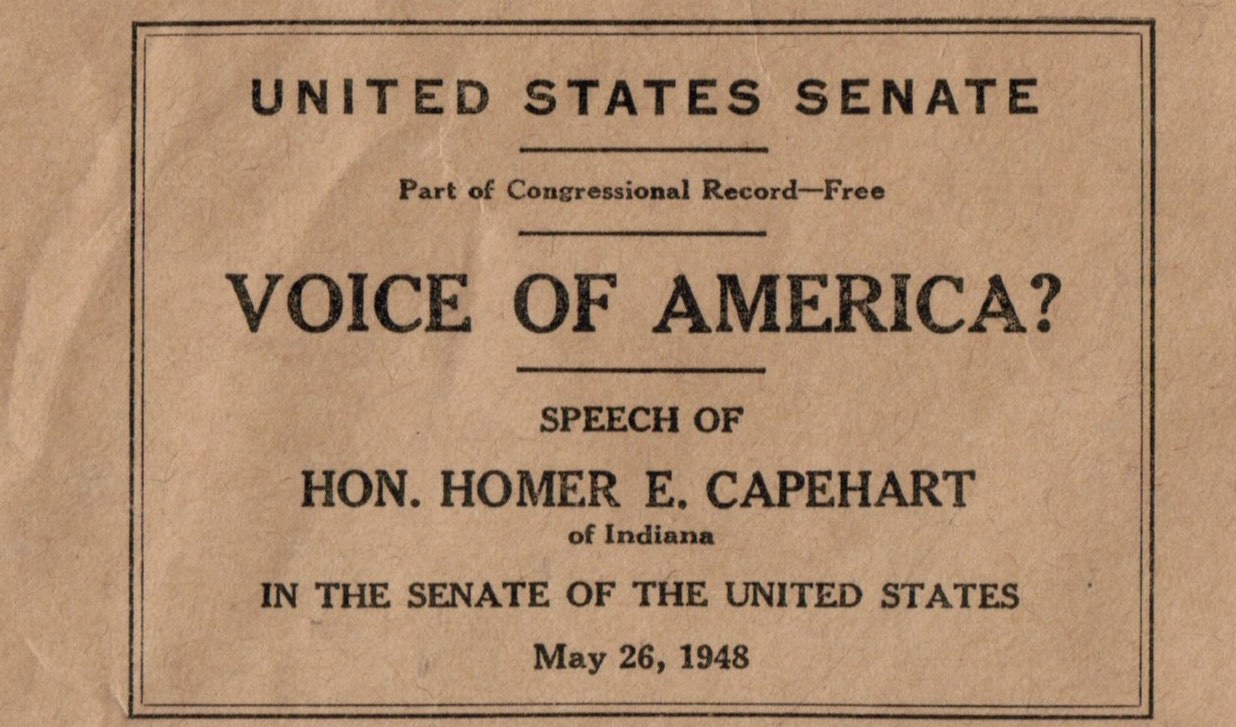
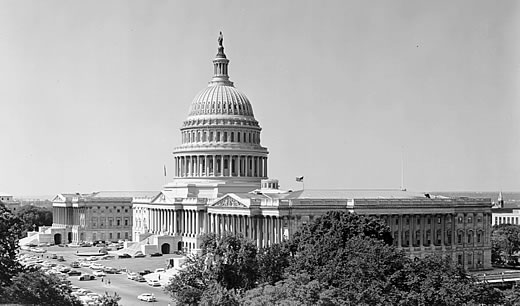
In 1948, Democrats and Republicans in the U.S. Senate charged that Voice of America (VOA) broadcasts contained “baloney,” “lies,” “insults,” “drivel,” “nonsense and falsehoods,” amounting to “useless expenditures” and “a downright tragedy.”
In 1948, U.S. senators called VOA programs “ridiculous,” “unjustified” and “deplorable.” Liberal, moderate, and conservative lawmakers, some of whom even accused the Voice of America of “slander” and “libel” in how several U.S. states were described in radio programs acquired from NBC under a government contract, did not seek to de-fund and close down VOA but wanted to make it more effective in presenting America to the world and in countering propaganda from Soviet Russia. Their criticism eventually led to partial personnel and programming reforms in the early 1950s. In 2019, history seems to be repeating itself, with similar problems being reported at the Voice of America as the United States tries to respond to propaganda from Putin’s Russia, communist China, theocratic Iran and other nations under authoritarian rule. Today, there is little interest in the U.S. Congress and no obvious signs of management reforms, while some of the problems seem now more difficult to solve than those besetting the broadcaster in 1948.
During the Cold War, Voice of America (VOA) broadcast mostly radio programs. Most of the radio transmissions were delivered through shortwave. VOA would send out QSL cards as a written confirmation of reception to those listeners who requested them by letter. The 1978 QSL card from VOA was a post card with pictures of San Francisco, the White House and the Statue of…
Rep. Howard H. Buffett, father of American investor Warren Buffett, was concerned in 1947 about domestic propaganda activities by the Voice of America.
As the U.S. Congress was debating in June 1947 the eventual passage of the Smith-Mundt Act, which implicitly placed restrictions on domestic dissemination of government news through the Voice of America (VOA) while funding expansion of State Department’s cultural and academic exchange programs, Congressman Howard Buffett (R-NE) expressed concerns that officials in charge of VOA may have been secretly planning domestic propaganda activities. As it turned out, State Department officials had no plans to distribute U.S. government radio broadcasts domestically because such a move would kill the funding not only for VOA but also for the public diplomacy programs the State Department cared about most of all. Congressman Buffett was right, however, that U.S. diplomats were using VOA to influence U.S. public opinion to drum up support for their information outreach budget.
By Ted Lipien for Cold War Radio Museum
Two extraordinary refugees from Poland helped to expose in 1956 to the U.S. Congress anti-U.S. propaganda activities of a communist journalist Stefan Arski, also known as Artur Salman.
The News Bureau room of the Office of War Information (OWI), November 1942, at about the same time Howard Fast started writing Voice of America newscasts. The photograph’s official caption said: “It is arranged much the same way as the city room of a daily newspaper. Here, war news of the world is disseminated. In the foreground, are editors’ desks handling such special services as trade press, women’s activities, and campaigns. The news desk is in the background.” Smith, Roger, photographer. Library of Congress Prints and Photographs Division Washington, D.C. 20540.

“I established contact at the Soviet embassy with people who spoke English and were willing to feed me important bits and pieces from their side of the wire. I had long ago, somewhat facetiously, suggested ‘Yankee Doodle’ as our musical signal, and now that silly little jingle was a power cue, a note of hope everywhere on earth…”[ref]Howard Fast, Being Red (Boston: Houghton Mifflin Company, 1990), 18-19.[/ref]
Howard Fast, 1953 Stalin Peace Prize winner, best-selling author, journalist, former Communist Party member and reporter for its newspaper The Daily Worker, decribing his role as the chief writer of Voice of America (VOA) radio news translated into multiple languages and rebroadcast for four hours daily to Europe through medium wave transmitters leased from the BBC in 1942-1943. Howard Fast, Being Red (Boston: Houghton Mifflin Company, 1990), pp. 18-19.
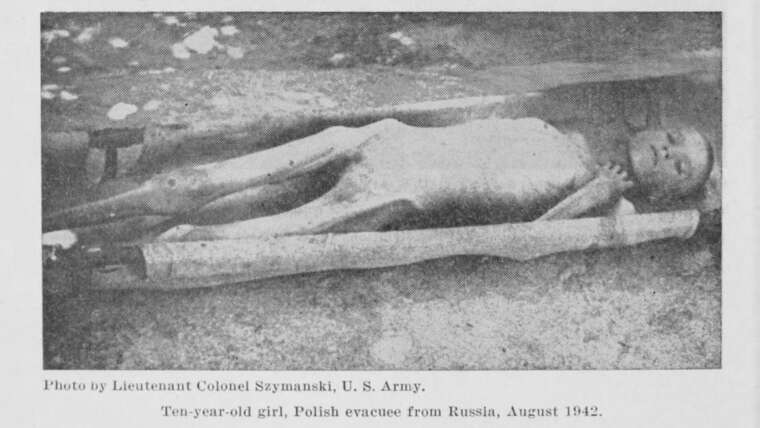
By Ted Lipien
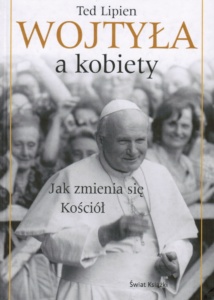
In my book, Wojtyła’s Women: How They Shaped the life of Pope John Paul II and Changed the Catholic Church, I describe how future Pope John Paul II, whom I had interviewed in Washington D.C. for the Voice of America (VOA) in 1976 when he was Kraków’s Archbishop, became familiar with many stories of immense suffering of Polish women under both Nazi and Soviet occupation.[ref]Lipien, Ted (Tadeusz Lipień). Wojtyła’s Women: How They Shaped the life of Pope John Paul II and Changed the Catholic Church, Winchester, UK: O Books, 2008. Lipien, Ted. Wojtyła a kobiety: Jan zmienia się Kościół. Warszawa: Świat Książki, 2010.[/ref]
Throughout World War II, the arrests and forced deportations of Polish families to labor camps by Soviet Russia received practically no mainstream media coverage in the United States. After the Soviet Union became an important military ally against Nazi Germany with the sudden collapse of Stalin’s alliance with Hitler and his attack on Russia in June 1941, the propaganda agency of the Roosevelt administration–the Office of War Information (OWI)–deliberately covered up Stalin’s crimes, both the deportations of millions of people to Siberia and the mass executions of Polish prisoners of war.
A statement made on the floor of the U.S. Senate on February 8, 1940 by Senator John A. Danaher (R-Connecticut) may have been the first major public reference in the United States to the 1940 deportations of Poles and other nationalities to Gulag forced labor camps in the Soviet Union. Senator Danaher inserted in the Congressional Record the text of a resolution adopted by of the Star of Liberty Society, Group 803, of the Polish National Alliance in Stamford, Conn. It mentions in one sentence “the deportation of large numbers of Poles to Siberia.” The Polish-American organization in Connecticut adopted the resolution on January 14, 1940. By then the news of the first deportations of Poles from Soviet-occupied eastern Poland to Siberia and other parts of the Soviet Union had already reached some Polish-Americans but was not known to most Americans.
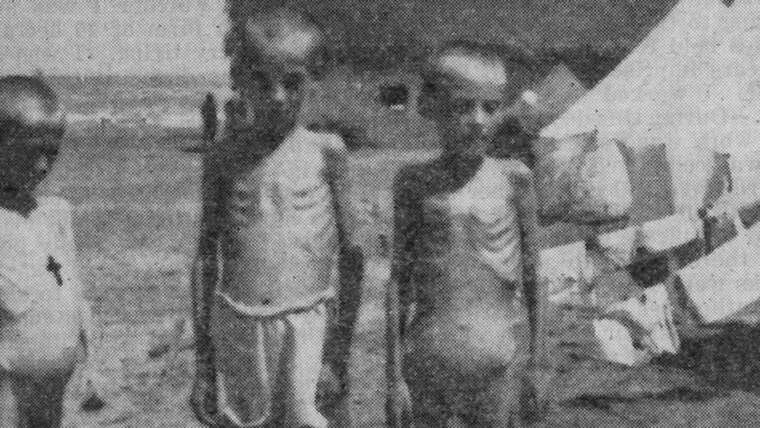
Following the August 1939 Hitler-Stalin Pact and the joint German-Soviet invasion of Poland in September 1939, which started World War II, the Soviets began the first mass deportation of Poles on February 10, 1940 from the occupied eastern part of Poland. Whole families were arrested, usually early in the morning, and sent in overcrowded cattle train wagons to forced labor camps in the depths of Siberia and in other parts of the Soviet Union. Many elderly and infants died during the transport–bodies of some of the children tossed by guards into the snow; others left behind at various stops during the journey lasting many days with little food or water. Many more prisoners would die later in the Gulag camps, work settlements and collective farms from slave labor, harsh weather conditions, starvation, and lack of medial treatment.
There was almost a complete media silence in the West about the deportations. Western journalists either did not know or were afraid or unwilling to report on what was happening to millions of Stalin’s prisoners. In addition to Polish citizens, the Soviets also imprisoned and deported Russians, Ukrainians, Belorussians, Lithuanians, Latvians, Estonians, Tatars, Jews and members of many other ethnic and religious groups. Even after the war, the story of the deportees was rarely told. Many of those who had survived the Gulag camps, became refugees in the West unable to return to their homes.




